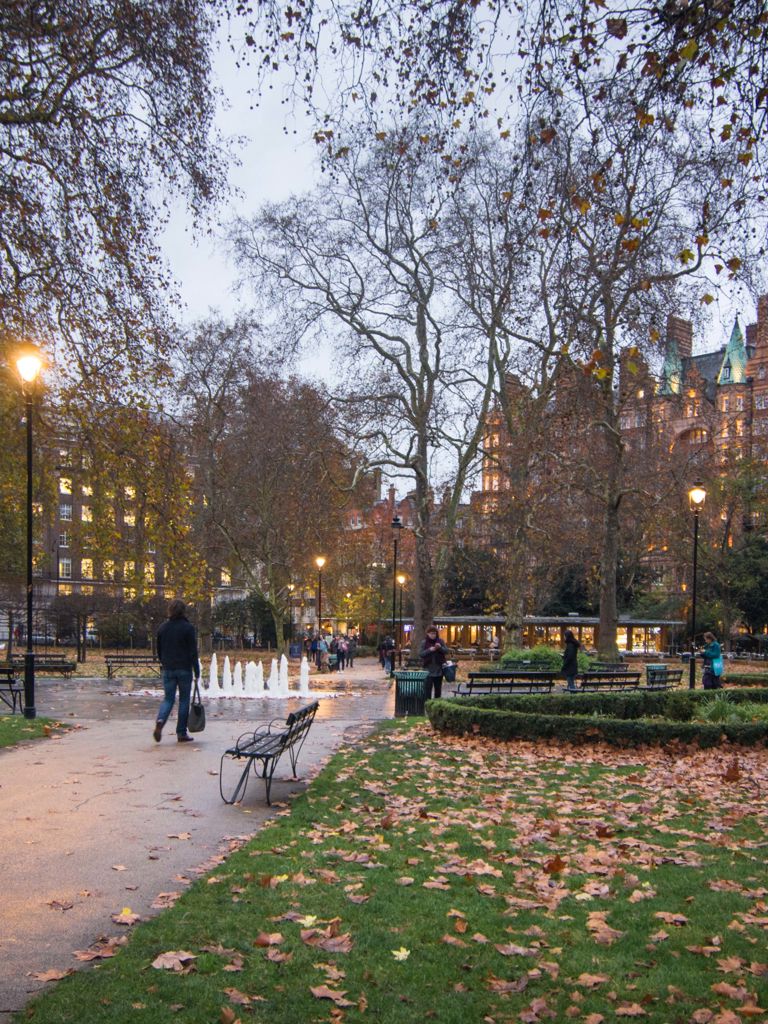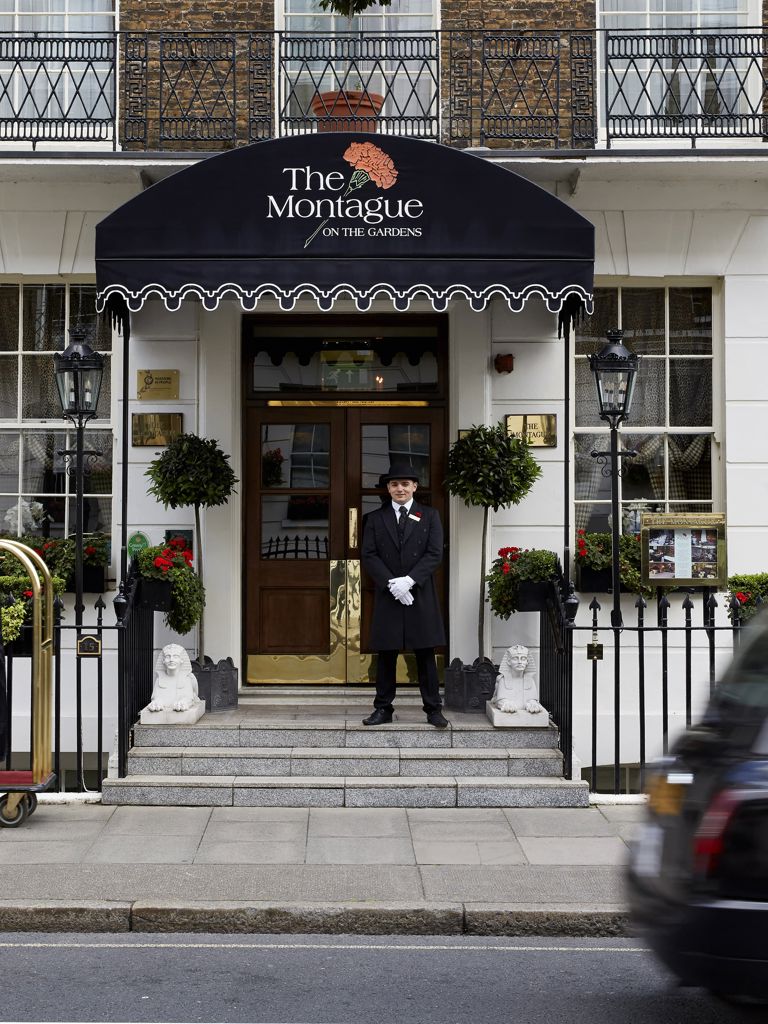
Local attractions
Just around the corner from Russell Square, the Georgian townhouses that make up The Montague are within touching distance of many of London’s key attractions. King’s Cross, St Pancras, and Euston, three of London’s major train stations, are all close at hand. Oxford Street, Europe’s busiest shopping street, is also just moments away. The British Museum, home to invaluable treasures like the Elgin Marbles and the Rosetta Stone, is practically on our doorstep. Yet, amidst the hustle and bustle, Bloomsbury has an old-world charm and a rich intellectual and literary history that cannot fail to enchant its visitors.
Monopoly Lifesized
Dive into the world of Monopoly Lifesized a larger-than-life version of the classic board game, complete with interactive challenges, a live host, and plenty of competitive fun. Perfect for families, friends, or team days out.
Green spaces
Museums & Galleries
Where to eat in the West End
Dining venues
Beauty
Fitness
Keep your eyes peeled
As you traverse Bloomsbury's streets, keep your eyes peeled for the little blue plaques that identify the notable people that made this area their home.
Charles Darwin (1809-1882): A pioneer whose contributions to the field of evolutionary biology – namely, that evolution’s pattern results from natural selection – have led to him being considered one of the most influential figures in human history.
Charles Dickens (1812-1870): One of the finest Victorian novelists. Dickens’ novels are particularly renowned for their vivid characters and their unflinching depictions of the abject poverty that plagued Victorian society.
Virginia Woolf (1882-1941): A member of the fabled Bloomsbury Set, Woolf is widely considered to be one of the most significant figures of modernist literature, with many of her novels innovatively employing stream of consciousness as a narrative device.
John Maynard Keynes (1883-1946): One of the most influential economists of the 20th century, Keynes was also a member of the Bloomsbury Set. In Time magazine’s words, “his radical idea that governments should spend money they don’t have may have saved capitalism."

Location & directions
Learn more about the home of our charming Georgian townhouse, how to get here and convenient local transport links.
Discover more
